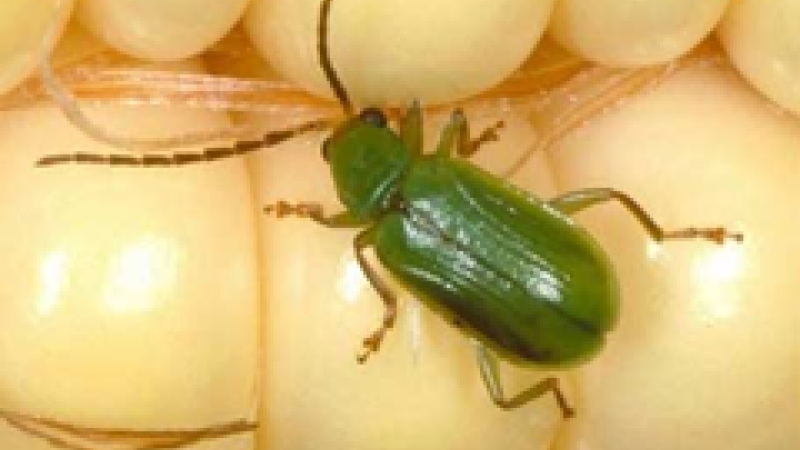Harvest Considerations 2020
This year has been a mixed year for our summer row crops. Across the Hoegemeyer footprint, areas have experienced drought, more than usual rainfall, heat, wind, early freeze, and disease. A few things I have noticed while out looking at fields and talking with other agronomists in the region to consider while prioritizing which fields to harvest are:
Stalk Health: While out, I have noticed some areas in Kansas have some stalk rots moving into both corn and sorghum. I have noticed fusarium, charcoal, and anthracnose stalk rot around the state (fusarium and charcoal in sorghum fields as well). Different factors have contributed to the development of some of these diseases;
- The environment is favorable for disease development.
Heat and humidity followed by dry conditions are favorable for certain stalk rots to develop. Before harvest, check fields by walking through them and scouting for presence of stalk rots. Fields with high presence of stalk rots should be prioritized in harvesting so lodging is kept to a minimum. See the attached articles on stalk rots to help with identification and sampling procedures.
(Kansas State University Sorghum and Corn Stalk rot, Purdue Corn Stalk Rot)
- Poor fertility/ lack of fungicides.
The crop prices this season along with a dry and hot June caused some producers to pull back on their fertilizer and/or fungicide. Both contribute to overall plant health. An unhealthy and stressed plant is more prone to disease development like stalk rots than healthier plants. Poor plant fertility can cause stalks to lodge due to cannibalization. Fields that missed fungicide applications or had poor fertility need to be scouted for stalk health when making harvest decisions.
Droopy ears: Several agronomists and producers have made note of droopy ears earlier in the growing season than normal. Several environmental factors contribute to early drooping of ears. I have not noticed fields with these early drooping ears being more prone to dropped ears, but they should be prioritized for harvesting. Kansas State put out an extension publication discussing ear droop: Kansas State University Droopy Ears
Low Temperatures. During September 8-10th of 2020, the western part of the state had temperatures in the 30s and snow fall. Fields that were at black layer when this cold snap happened were safe from the cold spell, but other fields could see a reduction in test weights depending on how long and severe the cold exposure was along with the milk line stage. There have been no complaints so far of weakened ear shanks from this cold spell, but it is something to keep in mind to look out for while making harvest decisions. Sorghum stalks could also be compromised from this cold snap and fields should be monitored for potential lodging issues. Kansas State Low Temperature Effects from Sept. 10th
If you have further questions about stalk health or harvest decisions, reach out to your local Hoegemeyer DSM or agronomist.
sources:
- Purdue Corn Stalk Rot
- Kansas State University Sorghum and Corn Stalk rot
- Kansas State University Droopy Ears
- Kansas State Low Temperature Effects from Sept. 10th

